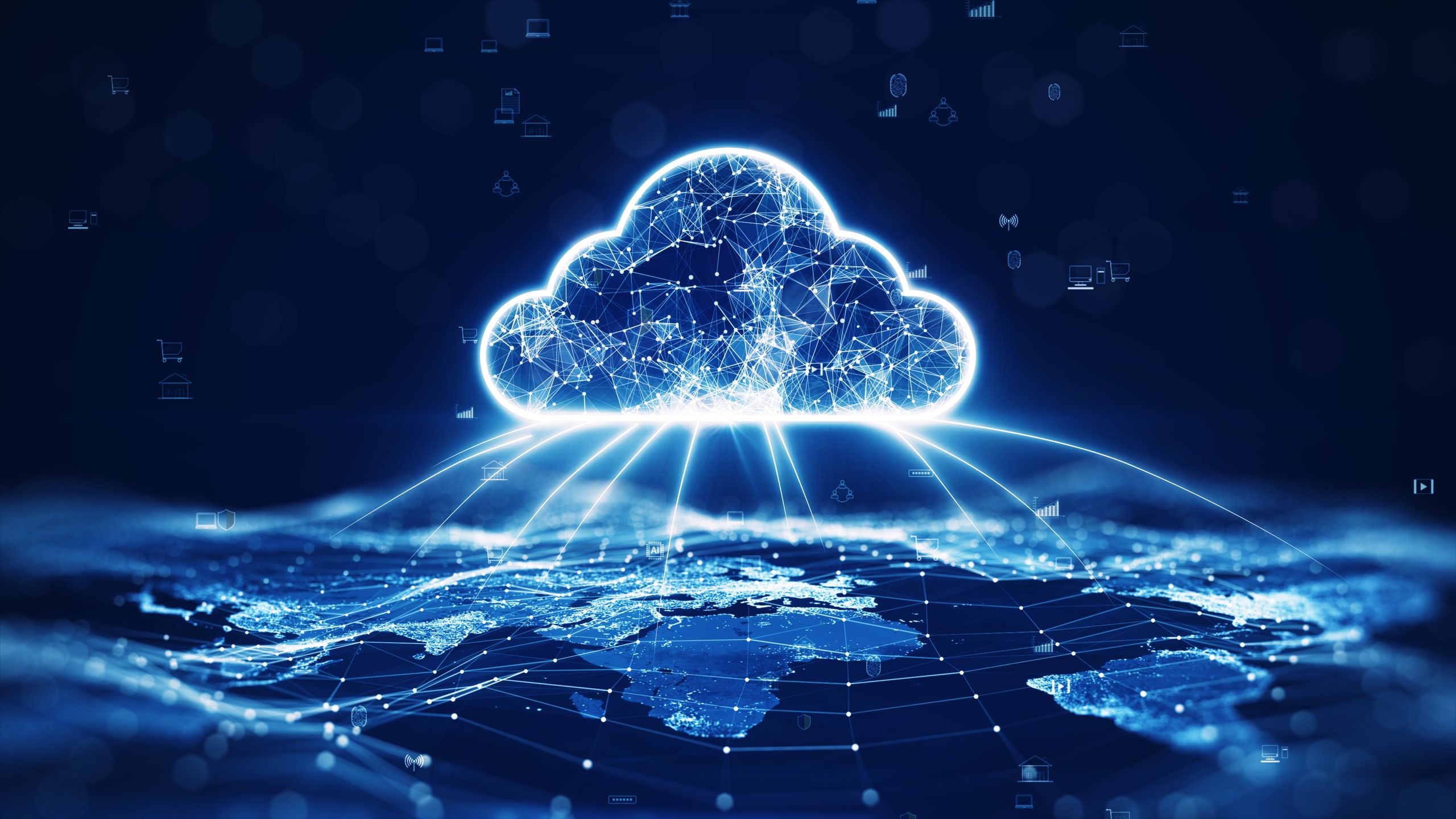

One thing that is impossible to ignore in the cyber arena is the overwhelming presence of AI, especially generative AI. The energy, the buzz, and sheer volume of conversations are focused on how AI is reshaping everything from software development to security operations.
As someone who has been in the cybersecurity space for decades, I’ve witnessed wave after wave of innovation and disruption. But what we’re seeing now with the “democratization of AI” is different.
GenAI tools are fundamentally changing the cybersecurity landscape and setting the stage for a completely different model of threat and defense.
Chief Technology Officer, Radware.
In this new reality, the idea of “being resilient” is no longer enough. Traditional resilience, which focuses on returning systems to their previous state after disruption, is proving insufficient in today’s threat environment.
What if our systems could do more than just withstand attacks? What if they could actually improve because of them?
This is the core idea of antifragility, a concept coined by Nassim Nicholas Taleb in his book Antifragile: Things That Gain from Disorder.
Taleb describes antifragile systems as those that thrive under stress, volatility, and uncertainty. Unlike fragile systems that break under pressure, or merely resilient systems that withstand it, antifragile systems learn, adapt and improve.
In cybersecurity, anti-fragility means building systems that improve as a result of being tested, targeted, or even attacked. These systems are not just designed to recover. They are designed to learn and become more resilient over time.
The goal for our industry should be to build antifragile networks. This means moving towards a defense posture that is not just able to absorb shocks, but one that actively uses each threat to become better.
It’s about moving beyond the reactive mindset that has dominated cybersecurity for decades. The new imperative is to develop systems that benefit from disruption and that treat every attempted breach as an opportunity to improve.
AI Changes Both Sides of the Cyber Equation
Without a doubt, GenAI is having a profound impact on cybersecurity. It’s introducing heightened uncertainty, making threats less predictable and harder to anticipate.
New attack vectors are emerging with little precedence and failure rates continue to rise as breaches circumvent traditional protections.
In addition, GenAI is moving the battleground between good and evil to the application layer, where AI-agents stand to reshape the use of APIs. As a result, we are seeing a shift in the industry from an API-based to an agent-driven economy.
At the same time that cyber criminals use GenAI technology to revamp the threat landscape—developing AI hacking agents and early, “silent” indirect prompt injection (IPI) zero-click attacks against enterprise agents—defenders are leveraging GenAI to retool their defense strategies.
Security professionals are using AI tools to detect and respond to anomalies faster, reduce mean time to resolution, and even anticipate future threats. In some cases, we’ve seen AI-enabled systems reduce response times from hours to minutes.
These are meaningful gains, but they are only a first step. To stay ahead, cybersecurity systems must not only react but also become stronger with each exposure to risk—which is the essence of antifragility.
The urgency of moving from traditional resilience to adaptive, antifragile security stems from the speed at which attackers are evolving. Defenses that were effective last quarter may no longer hold today.
This constant state of change requires systems that not only learn in real time but retain those lessons in ways that sharpen future responses.
What AntiFragile Cybersecurity Looks Like
An antifragile approach to cybersecurity involves reframing how we deal with unpredictable situations and then turning them into opportunities for continuous improvement. This includes evolving into a probabilistic/stochastic security approach grounded in AI modeling.
This new defense model, which increasingly relies on intelligent agents, impacts how security professionals plan, execute, test and adapt to new attack surfaces.
Traditional security strategies are often built around known threats and expected behaviors, but antifragile systems must be capable of adapting in real time to entirely new and unexpected inputs.
This kind of autonomous adjustment is essential, especially as AI-generated threats evolve faster than human-managed defense updates can respond.
To move in this direction, organizations should focus on the following areas:
Autonomous Intelligence – Security operations need to move beyond reacting to what just happened. By integrating autonomous models and adaptive learning, we can anticipate how threats and risks might emerge and proactively prepare for them.
This includes embedding AI agents within the Security Operations Center (SOC) that not only analyze patterns but also initiate defensive actions in real time, reducing both workload and exposure.
Inference Perimeters – As organizations adopt more AI technologies, the traditional perimeter must change to cope with AI-hacking agents and the addition of publicly exposed inference endpoints.
These inference points (where AI models interact with external inputs) are fast becoming new targets. To protect them, companies require visibility, versioning and behavioral profiling of the models themselves.
Resilience that Learns – Today’s most advanced threats are forcing a shift in the approach to security. Rather than reverting to previous defenses after an incident, forward-thinking organizations are building systems that adapt and improve after every exposure.
Antifragile security models view disruption as a catalyst for growth and continual improvement. This includes embracing red-teaming not just as a test, but as a training mechanism for self-healing architectures.
A recent example
A recent example of antifragility against AI hacking agents in action came from a company that noticed AI-generated JavaScript agents were bypassing their existing defenses.
Instead of simply restoring the previous line of defense, a better approach was to evolve and use new defense agents specifically designed to detect and counteract the new breed of attack.
This shift from recovering to reinventing is what distinguishes a truly antifragile defense model.
Why the Time Is Now
Organizations that see disruption as a chance to grow stronger, not just bounce back, will be best positioned to lead. In this context, anti-fragility is no longer a theoretical idea but a practical strategy for what lies ahead.
As the threat landscape grows more dynamic, so must our defenses. AI is not just a tool to be managed. It is an ecosystem that must be actively defended, governed, and continuously improved.
The ability to adapt under pressure and improve because of it will define the next generation of cyber leaders.
Anti-fragility is no longer optional. It is becoming essential to navigating the future of cybersecurity.
We’ve rated the best Antivirus Software.
This article was produced as part of TechRadarPro’s Expert Insights channel where we feature the best and brightest minds in the technology industry today. The views expressed here are those of the author and are not necessarily those of TechRadarPro or Future plc. If you are interested in contributing find out more here: https://www.techradar.com/news/submit-your-story-to-techradar-pro



